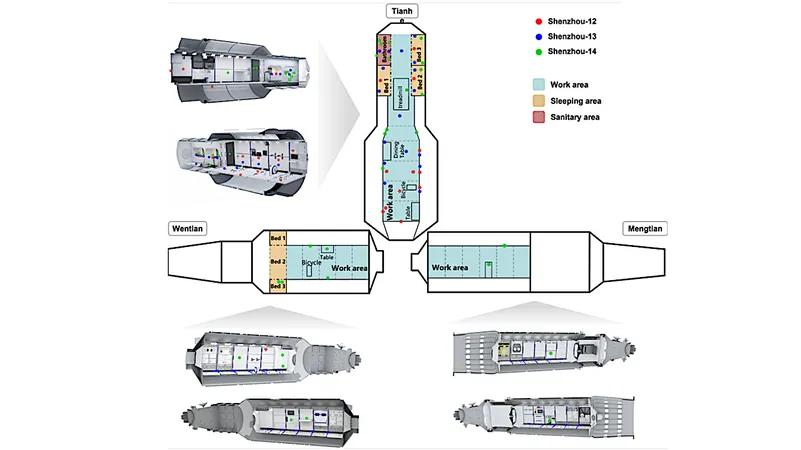
Exploring Microbial Diversity on the China Space Station: What You Need to Know!
2025-03-17
Author: Yu
As humanity reaches for the stars with the construction of the China Space Station (CSS), a previously underestimated factor comes into play: microbial life. Researchers have unveiled alarming findings about the microbial succession patterns found in areas of the CSS that are notoriously hard to clean. These insights are crucial for ensuring the health and safety of astronauts during long missions in space.
A novel sampling method was employed, utilizing an equivalent material sheet—essentially a membrane made from the same materials as the station walls—to analyze the diversity of microbes in hard-to-reach places. This innovative technique allowed for the collection of fifty samples from various surfaces within the Tianhe core module and the Wentian and Mengtian experimental modules, during three separate missions involving the Shenzhou (SZ) crews from 2021 to 2022.
Key Findings:
The number of culturable bacteria and fungi discovered during these missions ranged from a shocking 0 to a staggering 2.83 × 10^9 colony-forming units per 100 cm². Moreover, results from quantitative PCR (qPCR) revealed rRNA gene copies ranging from 1.24 × 10^5 to 2.59 × 10^9 per 100 cm², with an average viability of 65.08%. Among the isolates, a surprising diversity was highlighted, with researchers identifying 103 bacterial strains and 27 fungal strains.
Microbial analyses revealed that dominant microorganisms belonged to notable genera such as Bacillus, Staphylococcus, Aspergillus, and Cladosporium. Excitingly, high-throughput sequencing revealed that Pseudomonas and Stenotrophomonas were the most prevalent, with Pseudomonas emerging as the dominant species as the construction phase progressed and different crews took charge.
One concerning takeaway: over half of the detected bacteria, approximately 58.80%, were linked to human existence, primarily coming from skin and oral sources. Interestingly, Lactobacillus was found in every module regardless of sampling time.
The study also unearthed intriguing evidence of microbial shift with crew changes, which poses questions for future space missions. Particularly noteworthy is the discovery of Stenotrophomonas sp., typically derived from plants—further indicating the varied sources of microbial life on the CSS.
Conclusion and Future Directions:
This research is more than just a microbiology study; it highlights the vital importance of understanding microbial dynamics in space to develop effective strategies for hygiene and health onboard the CSS. As we push the boundaries of human space exploration, ongoing efforts in microbial management will be essential to safeguarding astronauts' well-being and mission success.
In the words of the researchers, understanding microbial diversity in systems like the CSS may hold the key to not just controlling microbial growth but could also unravel new strategies for health maintenance in long-duration space flights. This newfound knowledge promises to revolutionize how we approach sanitation in orbit!
Stay tuned, as this ongoing saga of microbes in space will only get more fascinating!
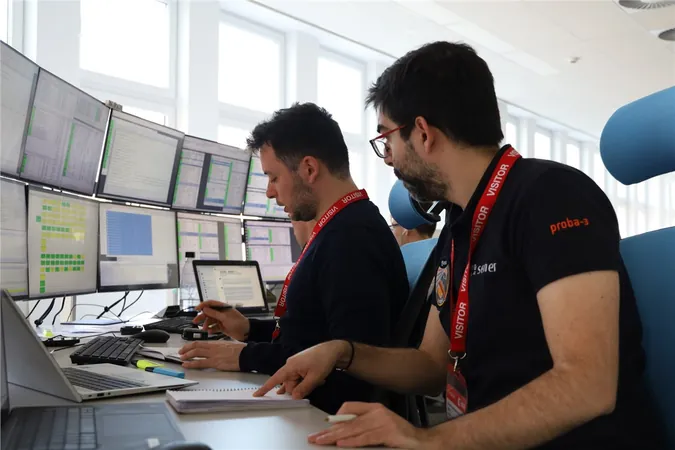
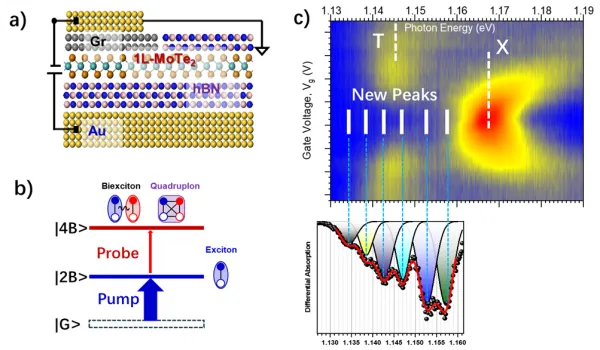
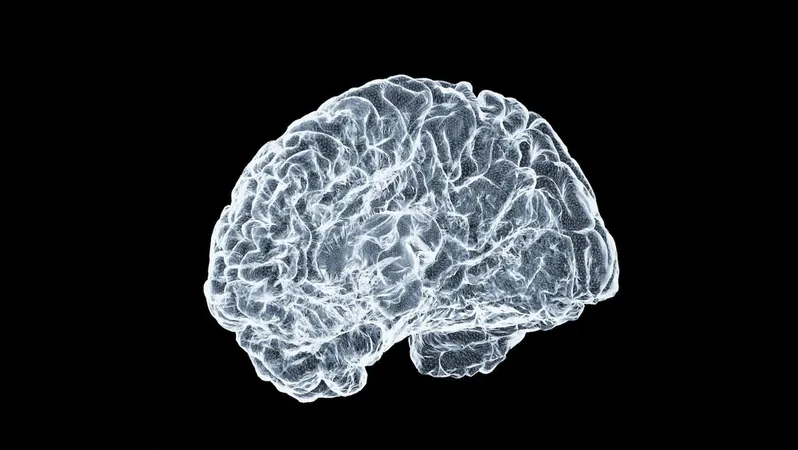
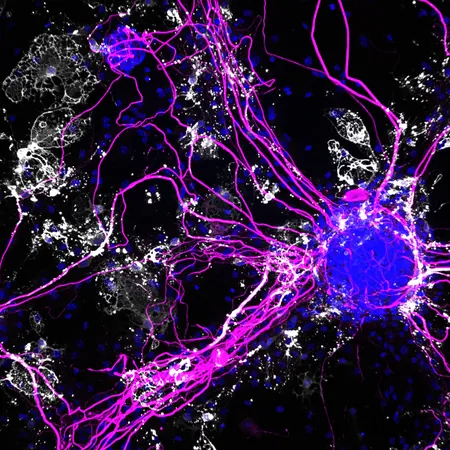

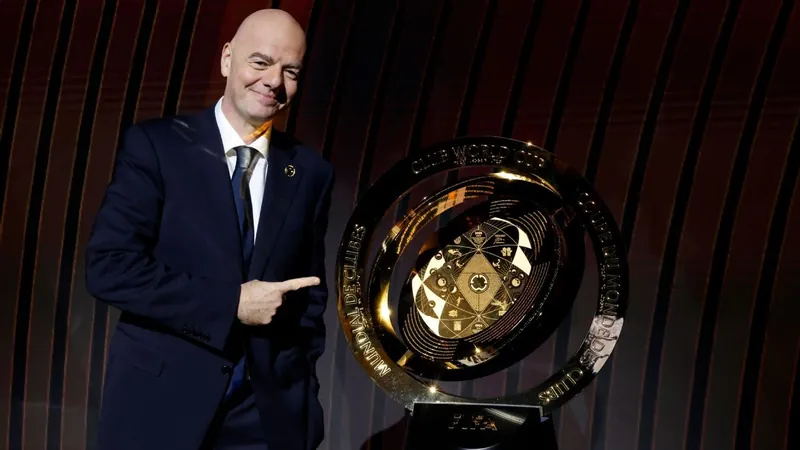
 Brasil (PT)
Brasil (PT)
 Canada (EN)
Canada (EN)
 Chile (ES)
Chile (ES)
 Česko (CS)
Česko (CS)
 대한민국 (KO)
대한민국 (KO)
 España (ES)
España (ES)
 France (FR)
France (FR)
 Hong Kong (EN)
Hong Kong (EN)
 Italia (IT)
Italia (IT)
 日本 (JA)
日本 (JA)
 Magyarország (HU)
Magyarország (HU)
 Norge (NO)
Norge (NO)
 Polska (PL)
Polska (PL)
 Schweiz (DE)
Schweiz (DE)
 Singapore (EN)
Singapore (EN)
 Sverige (SV)
Sverige (SV)
 Suomi (FI)
Suomi (FI)
 Türkiye (TR)
Türkiye (TR)
 الإمارات العربية المتحدة (AR)
الإمارات العربية المتحدة (AR)